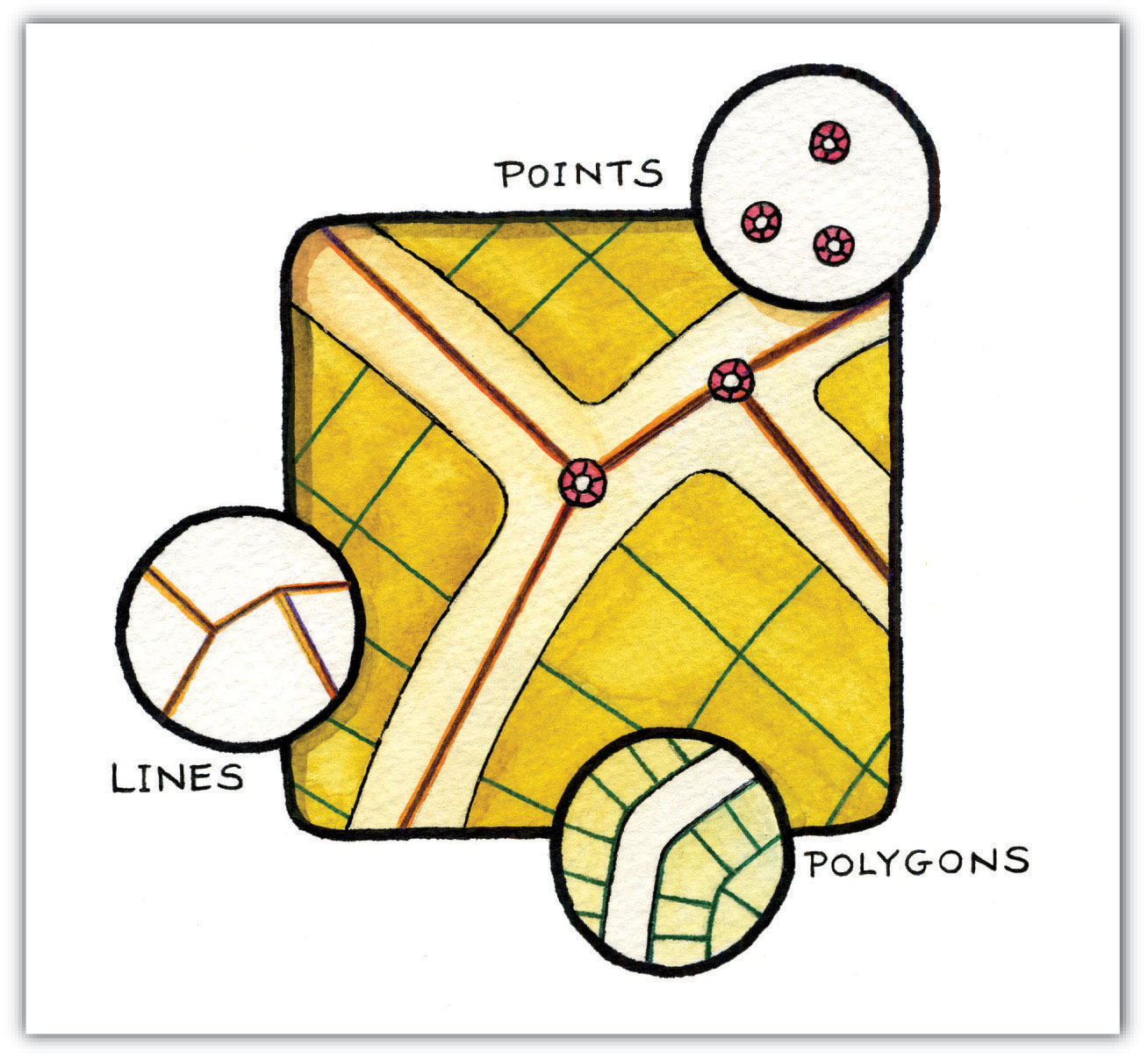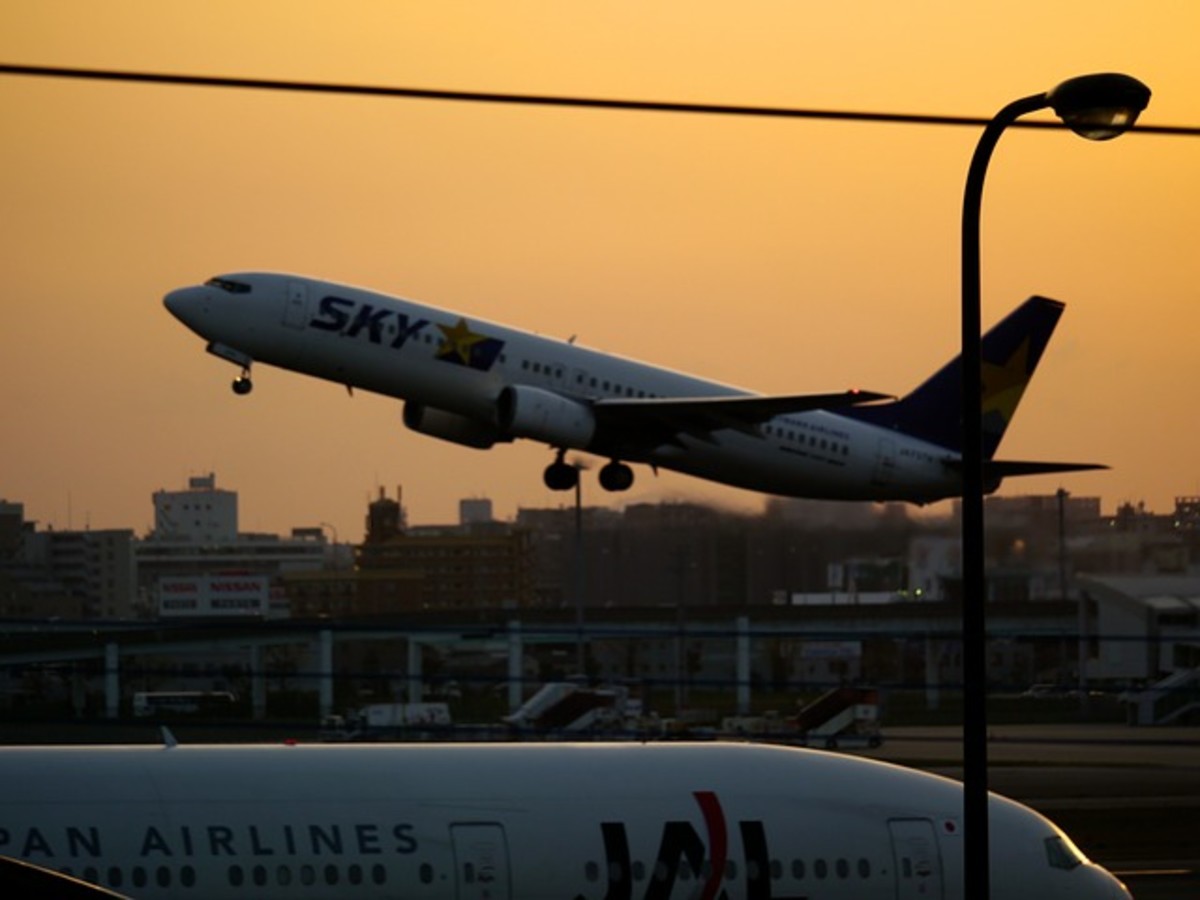Controlled assessment in geography
Source: https://www.pdx.edu/geography/research-programs
When doing research in geography often times we need to collect primary or secondary data to interpret and answer research questions, that is called the route to geographical inquiry. Its steps are as follows:
- Identification of issue, question or problem - Formulating a research question
- Defining objectives of study - selecting methodology and sampling methods that are appropriate to answer the research question.
- Collection of data - carrying out the methodology and data collection.
- Selection and collation of data - further selection of the data collected, picking what is relevant to the research.
- Presentation and recording of the results - Combing through data and representing it visually through graphs, charts, tables, etc.
- Analysis and interpretation - Interpreting the data collected in response to the issue identified to reach an answer for the research question.
- Conclusion, evaluation and suggestions for further work - Answering the research question, evaluating the research process and pointing out possible further development for the research.
Source: Cambridge IGCSE Geography 0460. Syllabus for examination in 2017, 2018 and 2019.
Inquiry skills to select data
Depending on the issue selected for investigation geographical data may be collected through:
Source: Cambridge IGCSE Geography 0460. Syllabus for examination in 2017, 2018 and 2019.
- Questionnaires
- Observation
- Counts
- Measurements
Sources: http://starfishenvy.typepad.com/starfish-envy/2010/03/questionnaires-and-answers.html
http://regentcollege.uk.com/geography-fieldtrips/
http://www.pursellmfg.com/tally-counter
http://www.ess-safeforce.com/safety-shop/Survey%20Instruments/Environmental%20Instruments/10.7201/
Sampling methods
Random sampling is the purest form of probability sampling. Each member of the population has an equal and known chance of being selected. When there are very large populations, it is often difficult or impossible to identify every member of the population, so the pool of available subjects becomes biased.
Systematic sampling is often used instead of random sampling. It is also called an Nth name selection technique. After the required sample size has been calculated, every Nth record is selected from a list of population members. As long as the list does not contain any hidden order, this sampling method is as good as the random sampling method. Its only advantage over the random sampling technique is simplicity. Systematic sampling is frequently used to select a specified number of records from a computer file.
Stratified sampling is commonly used probability method that is superior to random sampling because it reduces sampling error. A stratum is a subset of the population that share at least one common characteristic. Examples of stratums might be males and females, or managers and non-managers. The researcher first identifies the relevant stratums and their actual representation in the population. Random sampling is then used to select a sufficient number of subjects from each stratum. "Sufficient" refers to a sample size large enough for us to be reasonably confident that the stratum represents the population. Stratified sampling is often used when one or more of the stratums in the population have a low incidence relative to the other stratums.
Source: http://www.statpac.com/surveys/sampling.htm




















